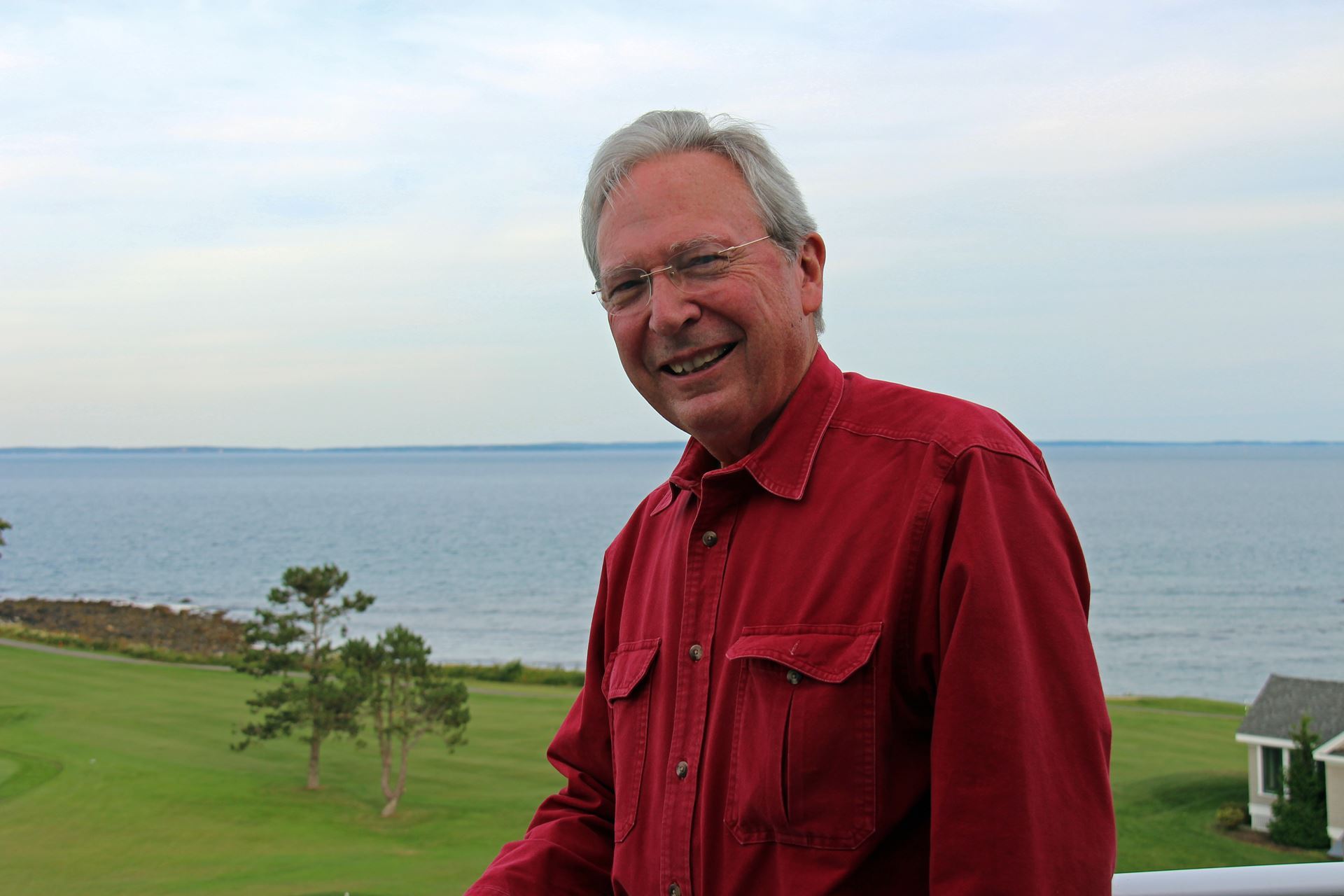***Please note venue & price changes***
(we have had to raise our prices due to current food costs)
$35.00 Pre-Registration
$45.00 Late Registration
ORIGINS AND HABITATS OF SUPER-GIANT FIELDS
RICHARD S. BISHOP
Retired, Houston, TX
ABSTRACT
Geologic events that produce super-giant fields as proposed here recognize that field size is limited by either the size of the trap or the volume of charge. Charge commonly exceeds trap volume so trap limits field size and, because of this, the focus is on the origin of large traps with large seal areas. This report shows large seal area is commonly associated with sag of various origins and eustatics. Sag, which is deposition and subsidence without significant faulting, involves more than 80 percent of super-giants.
Sag performs multiple functions in the formation of hydrocarbon traps; it increases both bed-seal and reduces vertical fault migration and cross-fault leakage thus increasing lateral migration. Cross-fault leakage is reduced due to decreased repetition of reservoir-to-reservoir contact. Sag also increases thermal maturation, which may increase charge even as structures continue to grow.
Cretaceous reservoirs host almost one-third of all giants and almost half of all giants have Jurassic or Cretaceous reservoirs. This concentration results from the combined effects of post-breakup sag of Pangea coincident with Mesozoic rising sea level. The deposition of areally extensive sediments increases both seal area and deposition of source.
The Zagros foldbelt is a significant exception to most super-giants. Zagros is a geologically young, detached compressional foldbelt without sag and has exceptionally large folds. The age is important because the typical Zagros ‘sledrunner’ faults have not yet penetrated the leading folds that contain the largest fields.

Richard S. Bishop, Ph.D. is a geologist who has worked the spectrum of research, exploration and production for Unocal (2 years), ExxonMobil (29 years), as a consultant/ independent (15 years including RSK) and is now retired. During this time he has ‘seen the world’ both as an explorationist and as a synthesizer of global exploration opportunities. Dick is Past President of the American Association of Petroleum Geologists and the Houston Geological Society. He has been recognized with the AAPG Sproule Award, is a Distinguished Alumnus of the University of Missouri, an Honorary Member of both the AAPG and HGS and recipient of the Cooley Award from HGS. He was also named a Legend of the HGS.
Dick earned his Ph.D. from Stanford University, his M.A. from University of Missouri, and B.S. from Texas Christian University.